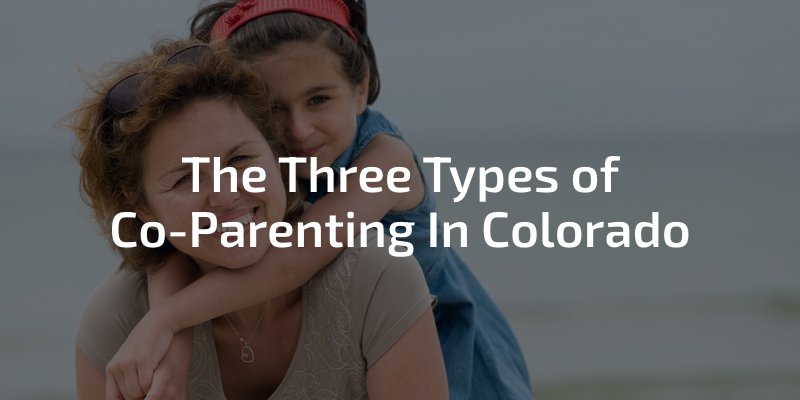
No one walks down the aisle or starts a family expecting divorce in the future. Still, a significant number of marriages end in divorce. Sometimes spouses grow apart or face insurmountable relationship obstacles.
When divorcing spouses share children, they have far more to consider in the divorce process than just the division of their marital assets and household goods. Divorcing a co-parent requires determining a new way forward for a family while turning one home into two.
Often, divorced parents fall into one of three common types of co-parenting styles, each with significant impacts on their children’s emotional well-being and each parent’s ability to move forward from the emotional aspects of the divorce.
1. Co-Parenting Under Conflict
This type of co-parenting is most common after a contested divorce with a court battle over child custody or the division of assets. When divorced spouses have a traumatic breakup or a contentious divorce, the resulting adversarial feelings may continue indefinitely after the divorce even when parents have to meet to exchange children under the terms of the custody agreement. During high-conflict co-parenting, the following may occur:
- Spouses argue and fight in front of children during exchanges
- Spouses allow children to witness tension as their parents don’t speak to each other at all during exchanges
- One or both spouses say negative things about the other to the children or in front of them
- One or both spouses may intentionally make things difficult for the other spouse by leaving their child’s important belongings at home, arriving late for drop-off or pick-up times, or using their children for revenge by manipulating their emotions against the other parent
This type of high-conflict co-parenting with little or no cooperation isn’t good for anyone, least of all the children. Children raised in these family environments are more likely to experience anxiety, depression, and other negative mental health impacts.
2. Parallel Parenting After Divorce
Parallel parenting is the most common type of co-parenting after divorce. In this type of co-parenting style, parents don’t fight or talk badly about each other to their children, but they also don’t communicate beyond the basics required for dropping off and picking up their children to meet the terms of their custody and visitation schedules.
In these divorced families, the parents have two separate households operated completely independently without collaboration or discussions about the children’s daily lives, care, extracurricular activities, or discipline.
While this type of co-parenting isn’t as detrimental to a child’s mental health as high-conflict co-parenting, it sometimes fosters resentment and puts children in a difficult position as they become adults when they face shared events like graduations and weddings when their parents have to interact.
3. Collaborative or Cooperative Co-Parenting
Besides remaining together in a happy marriage, cooperative co-parenting is the best-case scenario for parents as the family moves forward after the divorce. When parents communicate effectively, have a positive attitude toward each other, and collaborate on important child-rearing decisions post-divorce, their children feel more secure and at ease during transitions and while away from one parent spending time with the other.
While cooperative co-parenting doesn’t mean ex-spouses have to become best friends, only communicate positively and civilly together, it often results in a friendly co-parenting relationship that’s better for the entire family. When children see that they remain a family after divorce, it improves their mental health outcomes and removes any stress related to having both parents at important life events as they become adults.
Is It Too Late to Change the Way We Co-Parent?
As parents leave behind the strong emotions of the divorce, they may be able to actively improve their dynamics during interactions, working their way from high-conflict co-parenting to more effective communication and cooperative co-parenting. It’s never too late to try harder to put your children’s needs ahead of your emotions and work toward the best possible outcome for your family’s future.